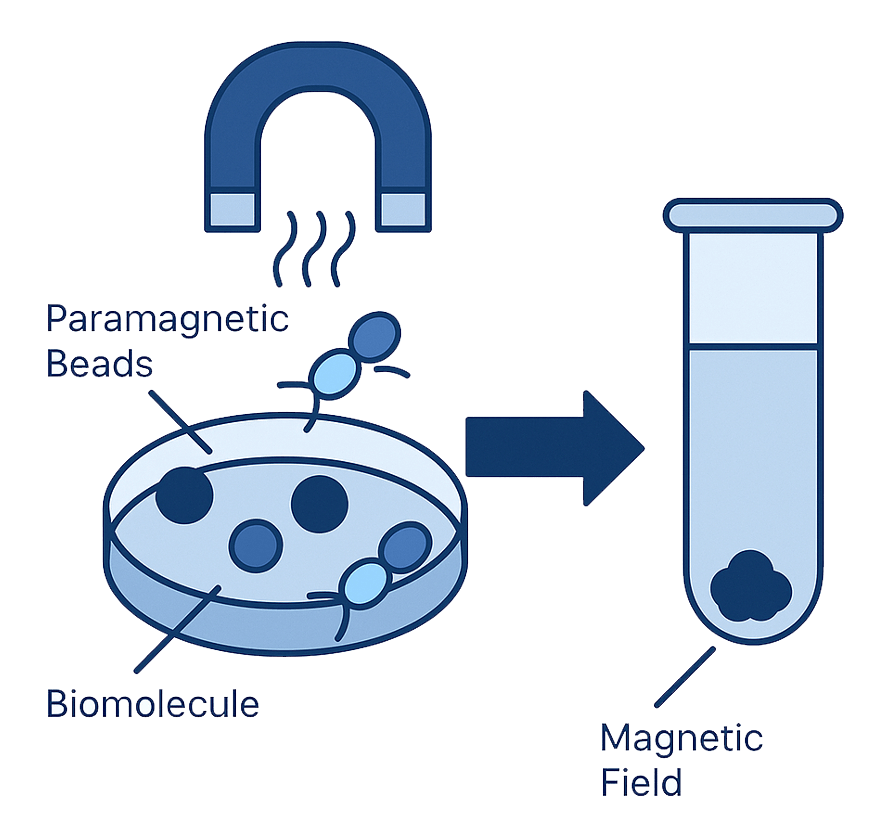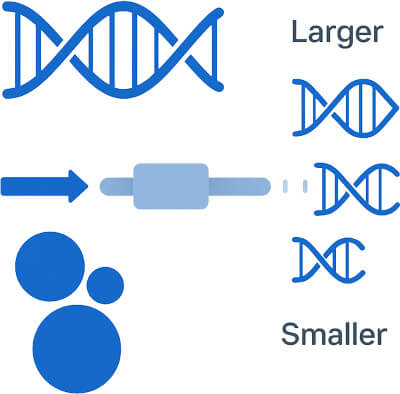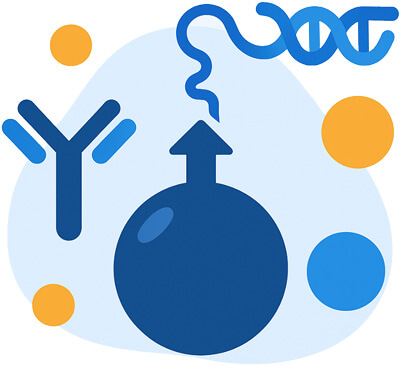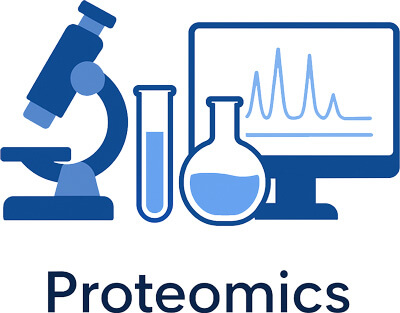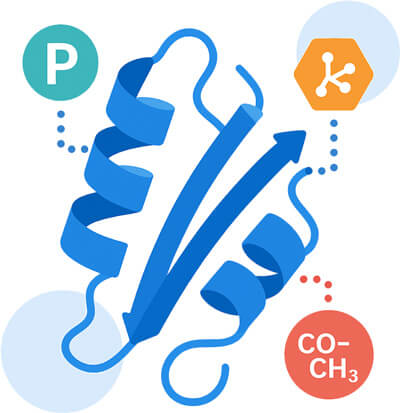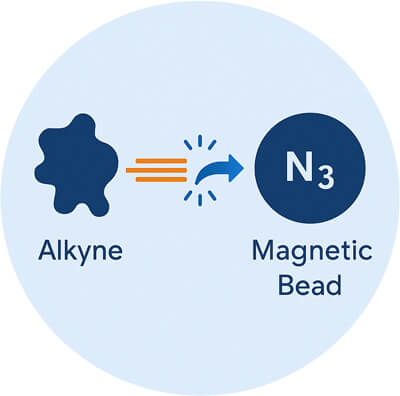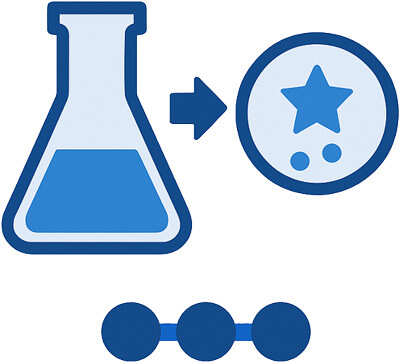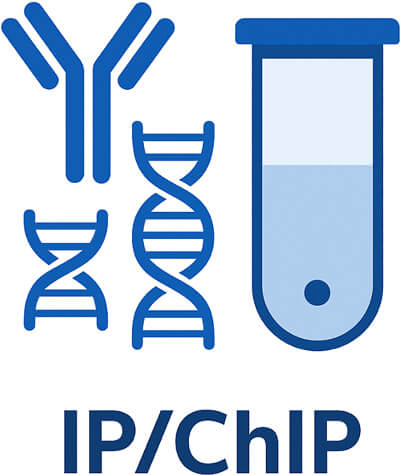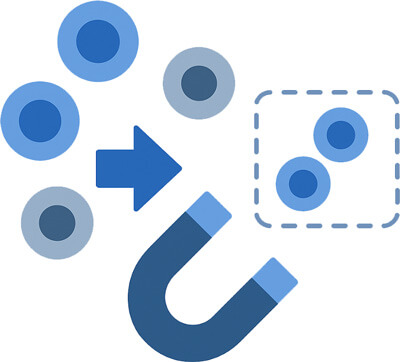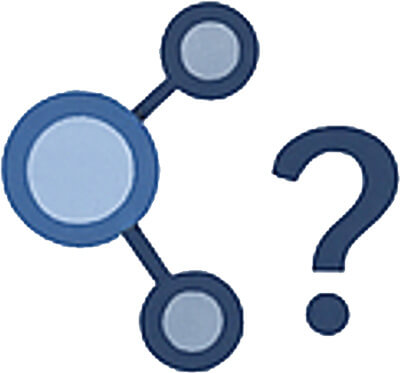DNA and RNA Purification Kits Using Magnetic Beads
These kits use magnetic particles coated with silica or proprietary polymers that selectively bind nucleic acids under optimized buffer conditions, enabling the capture, wash, and elution of DNA or RNA in a matter of minutes.
Broad Sample Compatibility
Magnetic bead-based kits are designed to handle a wide range of sample types—including whole blood, tissue lysates, cultured cells, buccal swabs, and even viral transport media. Whether isolating genomic DNA, plasmid DNA, total RNA, or viral RNA, the core magnetic separation workflow remains consistent, making protocol standardization across projects easier.
Mechanism of Action
In the presence of chaotropic salts, nucleic acids bind to the surface of magnetic beads. Subsequent washing steps remove proteins, salts, and other contaminants. Elution in low-salt buffer or water yields highly pure nucleic acids ready for downstream applications such as:
- Quantitative PCR (qPCR)
- Digital PCR (dPCR)
- Reverse transcription
- RNA-Seq
- Genotyping and SNP analysis
Benefits for Modern Labs
- High yield and purity, especially important for RNA applications where contaminants like phenol can inhibit enzymes
- Automation-ready formats, enabling high-throughput extraction in 96- or 384-well plate formats
- No centrifugation or phase separation, reducing hands-on time and cross-contamination risks
- DNA/RNA Purification Kits
- DNA Size Selection and Library Size Selection Kits for downstream library prep workflows

